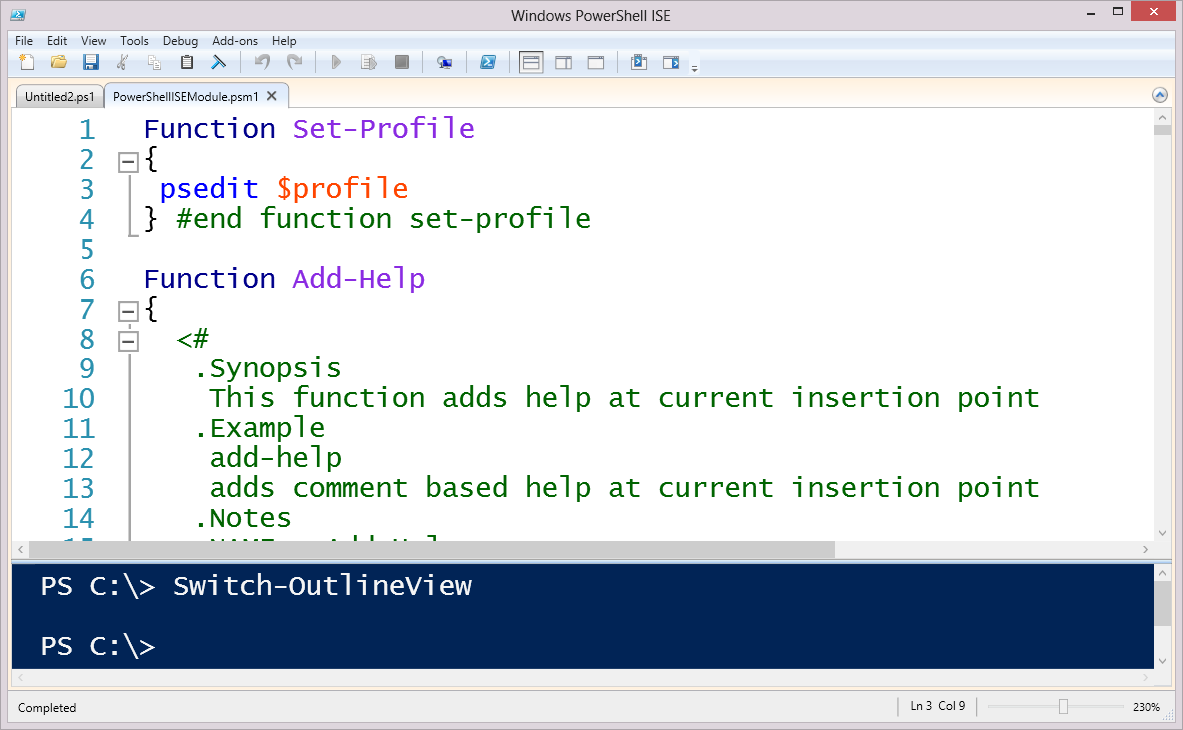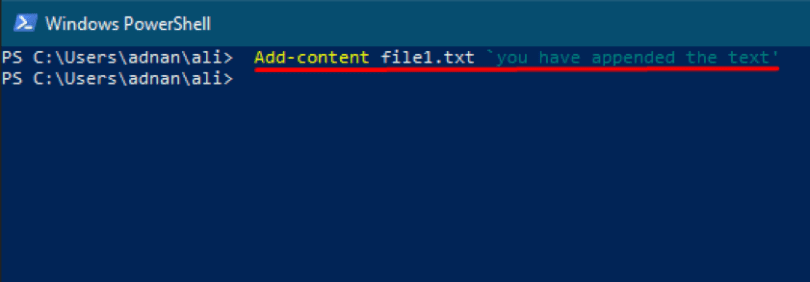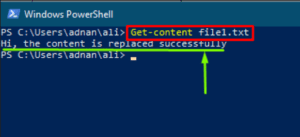

Now you can add the next menu section: # Menu: Help $response = $OpenFileDialog.ShowDialog( ) # $response can return OK or Cancel $OpenFileDialog.Filter = 'Script files (*.ps1 *.cmd *.bat)|*.ps1 *.bat *.cmd' $initialDirectory = ::GetFolderPath('Desktop')
Powershell text editor windows#
Show default Windows select file dialog box with a filter by file names: Add-Type -AssemblyName $getPassword = $creds.GetNetworkCredential( ).Password Prompt a user for credentials and split it on two variables: $creds = Get-Credential $UserName

Show a message box with a mandatory answer required: $answer = ::Show( "Dou you want to remove this user?", " Removal Confirmation", "YesNoCancel", "Warning" ) Title, button, and icon are optional.įor example, to show a message box with OK only: ::Show( "All changes have been implemented successfully ", "Script completed", "OK", "Information" ) Message is a mandatory MessageBox attribute. Let’s take a look at some of the standard graphics window calls in PowerShell. You can invoke some of the standard Windows graphical dialog boxes to inform the user and prompt him to make a choice. Using Standard Windows Dialog Box Components in PowerShell Scripts

Powershell text editor password#
If you select the user account and click the Check button, the form displays the time when the user’s last password was changed in Active Directory. As you can see, the drop-down list is automatically filled with the names of the user accounts from Active Directory. If you want to hide some of the GUI elements on a Windows Form, use the Visible property. $Label3.Text = ::FromFileTime((Get-ADUser -identity $lectedItem -Properties pwdLastSet).pwdLastSet).ToString('MM dd yy : hh ss') To convert the date from the TimeStamp format to the more convenient form, we use the function ::FromFileTime: $Button.Add_Click(
Powershell text editor code#
The following code will be executed when the user clicks on the button. Now put the button on the form: $Button = New-Object The second will show the time of the last password change for the selected user account: $Label2 = New-Object $ComboBox.Location = New-Object (60,10)Īdd two more labels to the form. $Users = get-aduser -filter * -Properties SamAccountName You can get the AD user list using the Get-ADuser cmdlet (from Active Directory for Windows PowerShell module): $ComboBox = New-Object $Label.Location = New-Object (0,10)Ĭreate a drop-down list and fill it with a list of accounts from the Active Directory domain. To add graphical dialog and control elements to it, add the code below before the last line ($main_form.ShowDialog()).Ĭreate a label element on the form: $Label = New-Object Adding Dialog-Box Components to Your PowerShell FormĪs you can see, an empty form is displayed.


 0 kommentar(er)
0 kommentar(er)
